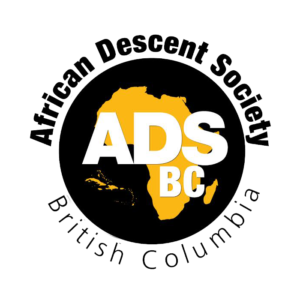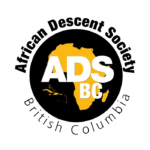Our Society supports the Slave Voyages Project out of Emory University. One of our very own local BC talent, Professor David Eltis, adjunct professor of history at University of British Columbia. Professor Eltis is also a Robert W. Woodruff Professor Emeritus of History and principal investigator, Electronic Slave Trade Database Project, Emory University. David Richardson is former director, Wilberforce Institute for the Study of Slavery and Emancipation, and professor emeritus of economic history, University of Hull, England. Together, the authors coedited Extending the Frontiers: Essays on the New Transatlantic Slave Trade Database..
The Trans-Atlantic and Intra-American slave trade databases are the culmination of several decades of independent and collaborative research by scholars drawing upon data in libraries and archives around the Atlantic world. The new Voyages website itself is the product of three years of development by a multi-disciplinary team of historians, librarians, curriculum specialists, cartographers, computer programmers, and web designers, in consultation with scholars of the slave trade from universities in Europe, Africa, South America, and North America.












